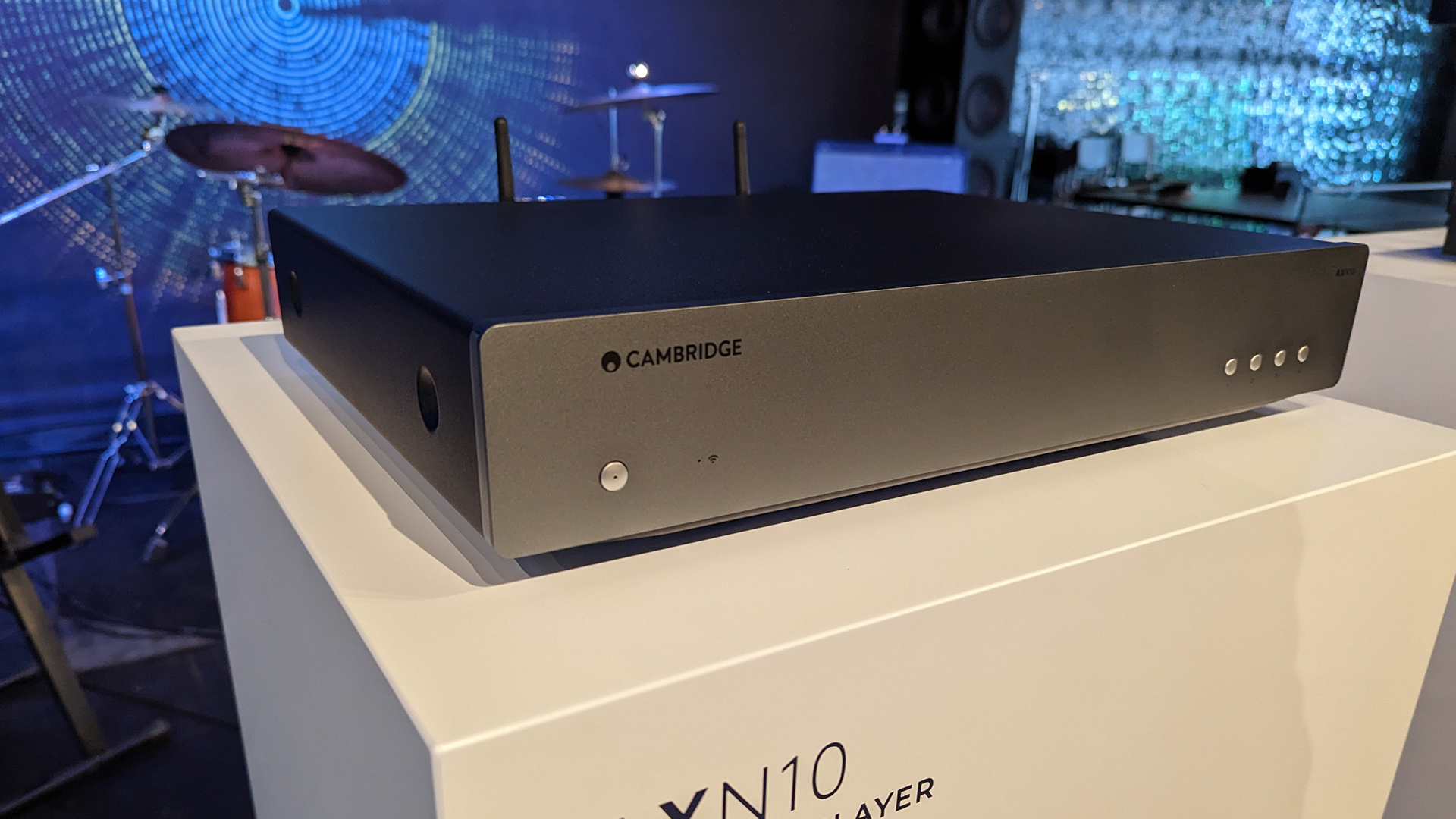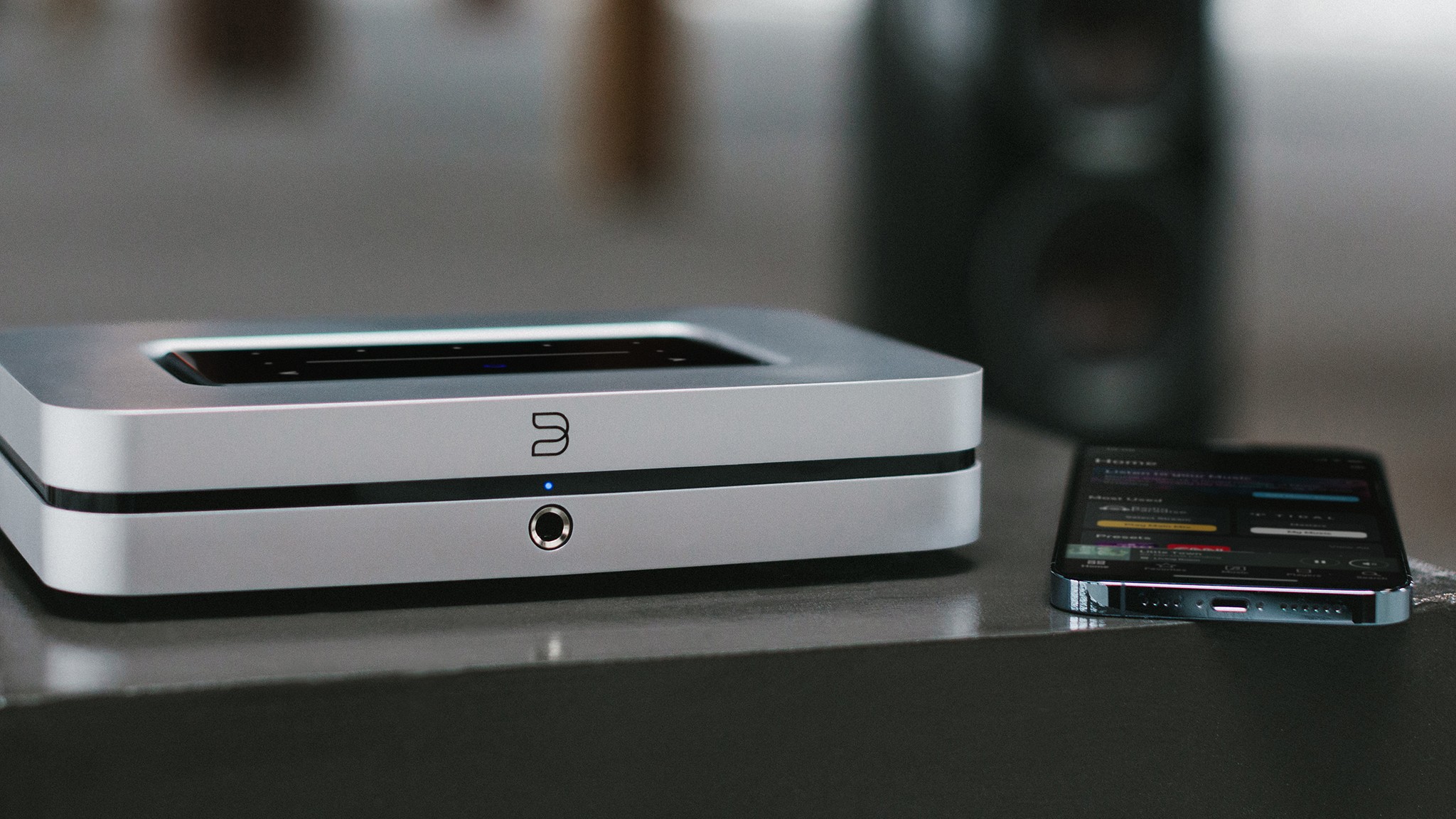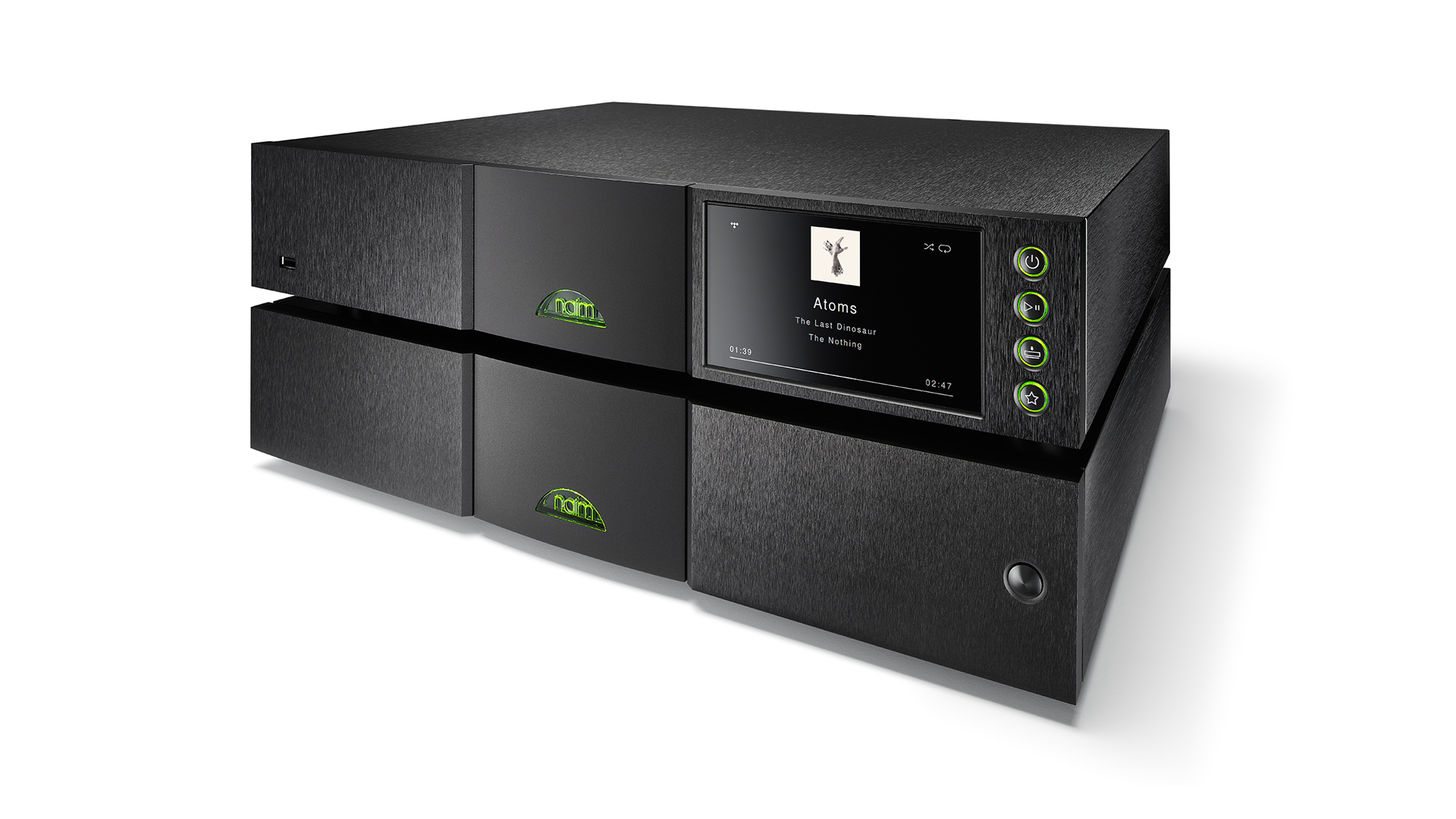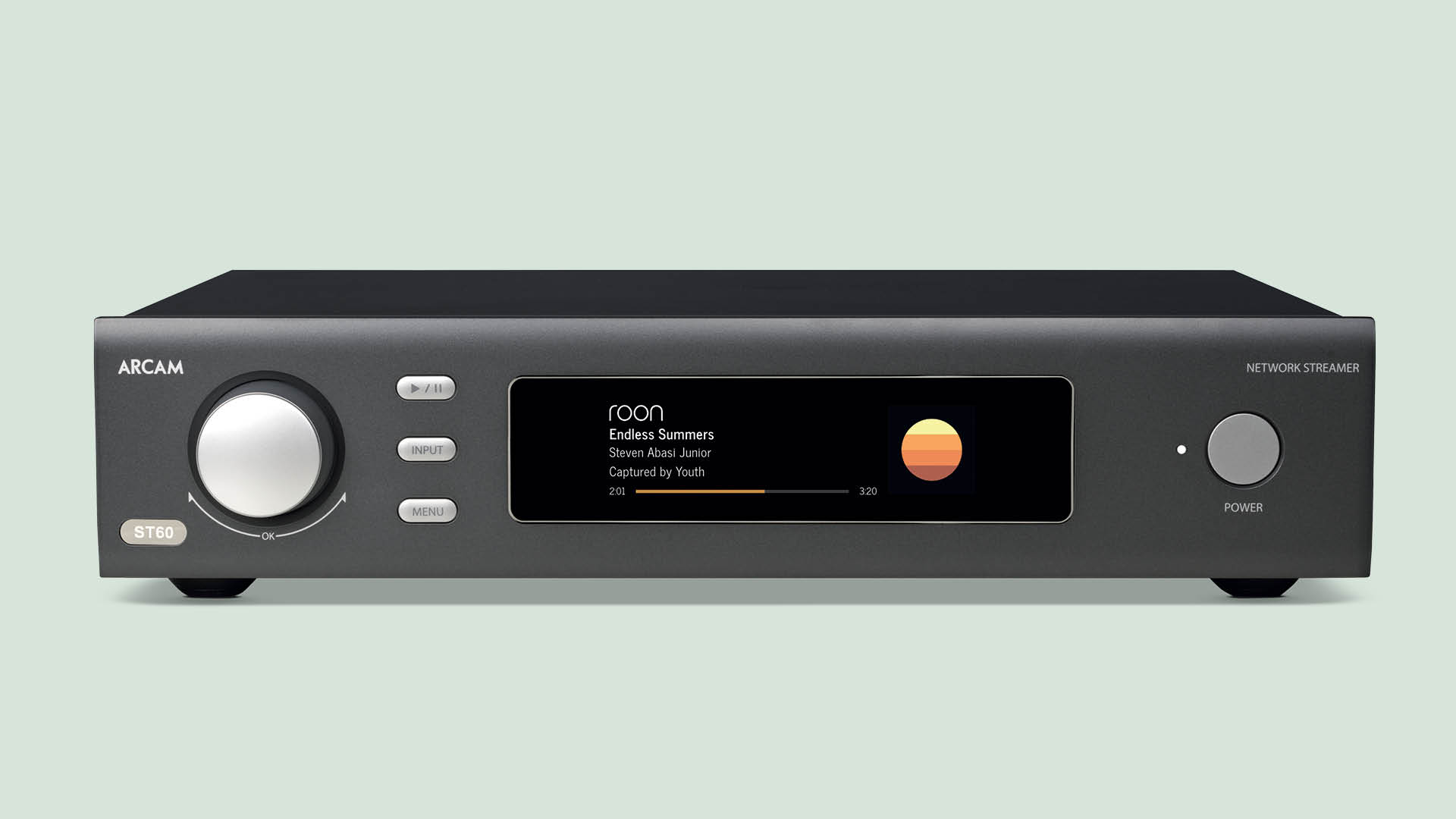How to choose the best music streamer for you
Thinking about buying a music streamer? It isn't a one-size-fits-all market, you know...

Music streamers (or network players, as some manufacturers refer to them) come in many forms. They can be built into wireless speakers or single-box systems, or simply be a standalone component of a dedicated hi-fi set-up.
While a turntable or CD player just has a simple job to do – namely replaying music from a single physical format – a music streamer has to manage many different sources, from Bluetooth to the likes of Spotify and Tidal, as well as be able to play music files stored either locally on your source device or on your network from a NAS (network attached storage) device. Relatively speaking, they are the Swiss Army knife of hi-fi sources.
It’s a tough job that’s made all the harder by the ever-growing feature set that music streamers are expected to accommodate. Just five years ago the likes of AirPlay 2 and Google Cast weren’t even on the menu, and you didn't have to worry about whether your streamer supported MQA or Tidal Connect or Roon.
But the chances are that you don't need them all, and so you shouldn't shop for a music streamer based on which has the most features but rather on which has the ones you need. Of course, you will want one that sounds wonderful and one that can play ball with the kit you might already own.
Below we have listed some worthwhile considerations to think about when shopping for a music streamer.
Set a budget
How much should you spend on a music streamer? It all depends on the rest of your set-up. We would suggest that spending broadly the same as your amplifier would be a decent place to start, though as always it pays to be flexible to get the right one.
It’s certainly possible to get music streamer? It all depends on the rest of your setup. We would suggest that spending broadly the same as your amplifier would be a decent place to start, though as always it pays to be flexible to get the right one. of the market too with its all-new AXN10 and MXN10, though we haven't reviewed them yet.
There’s certainly a good choice beyond that price (check out our best music streamers guide to see our recommended 12) but it’s still disappointing that manufacturers haven’t found a way of making a musically compelling truly budget offering. While we haven't reviewed this model, the Audio Pro Link 2 promises to smarten up systems with streaming without asking for much money, while something like the iFi Zen Blue V2 and Zen Air Blue can add Bluetooth connectivity only, too.

Check the streaming features you need
Most products on the market tend to pack in all the basics, so in many cases the features list won’t be different enough to help to differentiate between products.
Pretty much every standalone music streamer these days will let you play music files from an attached NAS drive as well as access thousands of internet radio stations and Spotify, Amazon Music, Apple Music, Tidal and Qobuz. Most will have Spotify Connect; some will also have Tidal Connect. If you use Tidal and subscribe to its hi-res HiFi Plus tier, we would historically have strongly suggested an MQA-compatible streamer to fully unlock the quality of its catalogue's MQA-powered hi-res streams – but Tidal plans to add FLAC hi-res streams to the service "soon" and so proprietary kit won't then be necessary to stream hi-res audio on Tidal.
Bluetooth is almost always on the menu, but if you think you might use this functionality a fair bit then it pays to get a streamer that supports one of the best Bluetooth codecs, such as aptX HD, aptX Adaptive or LDAC – if, of course, your phone or other source device does, as both need to support it to work. Check.
Most streamers will have digital inputs, too, so alongside playing music files from a USB stick you’ll usually be able to feed in optical and coax digital feeds too, making the streamer something of a digital hub for your system.
And then you should consider which kind of control you prefer. An increasing number of the more budget streamers are built around their support for AirPlay 2 and Google Cast and therefore playback control is typically within the streaming service's native app, whether that be Apple Music (AirPlay) or Tidal (Google Cast). Other streamers, however, are built around their own streaming platforms – there's Bluesound, and Cambridge's StreamMagic, for example – and come with their own control apps.

Get class-leading sound quality
Considering many of the specialist manufacturers use one of a handful of OEM streaming module suppliers, it’s tempting to think that there’s not a great deal of difference in the sound between products. That’s simply not the case.
While some streaming modules may be used across brands, the way they are implemented and the quality of the surrounding power supply and audio circuits make a massive difference to the final sound. Don’t believe us? Simply compare Naim’s excellent entry-level ND5 XS2 to the company's range-topping ND555/555 PS DR, and you’ll hear the massive difference the rest of the electronic design makes to the sound.
Again, our best music streamers guide is comprised solely of the class leaders over various price points.
Don't get hung up on file compatibility
In the early days, file compatibility used to be an issue, but that’s no longer the case. Most hi-fi streamers will handle hi-res audio files, though the upper limit can vary between 24-bit/96kHz PCM files for more basic products, up to 32-bit/768 kHz for those that aim to push the boundary. The story is similar for DSD too, with more sophisticated products able to cope with up to the quadruple-speed variety.
We wouldn’t get too hung up on the numbers. The vast majority of music we play just isn’t available in those more extreme file types anyway. Most of it remains CD-quality (16-bit/44.1kHz), with a capability of 24-bit/192kHz covering the rest. Standard single-speed DSD compatibility has been enough for anything we’ve wanted to hear in that file type. So remember, while the big numbers impress they don’t mean the streamer is going to sound any better.
Think about practicalities
While many streamers will come with a traditional remote control, you’ll really need a smartphone or tablet to get the best user experience. Using such devices, along with either your streamer's companion app, a streaming service's native app or a third-party control app, is the best way to navigate large music libraries and the quickest way of making playlists.
Since we’re talking about practicalities it’s worth mentioning that the first thing (apart from mains power, of course) any music streamer needs is a stable home internet network. This is how it connects to the wider world, and without such a network you can’t use any streaming services or control the product with a software app.
Assuming your network is sorted, you need to decide whether to connect the steamer directly with an Ethernet cable or use wi-fi. Going wire-free is appealing as it makes things easier and tidier, and provided your network is stable it should work fine for many people. If you can though, stick with wired – especially if you're streaming in hi-res. It gives a more stable connection, which should make everything go more smoothly.

Choose wisely, and enjoy
Music streamers are extremely flexible and capable sources, so it's no surprise they've replaced a CD player or turntable as many people's music source of choice.
They're also a great way to upgrade your sonic experience from a simple wireless speaker. If you love the convenience but want better sound, and have the room and budget to accommodate a stereo system, a hi-fi streamer is the way to go.
Almost regardless of which music streamer you buy, you will gain access to an astonishing range of music – but pick the unit with care and it will make listening to that music all the more enjoyable.
MORE:
See our expert picks of the best music streamers
Leaving Spotify? Here are the best music streaming services and hi-res streaming services compared
Want to stream-ify your system? Read our tips on how to add a streamer to your hi-fi system
Get the What Hi-Fi? Newsletter
The latest hi-fi, home cinema and tech news, reviews, buying advice and deals, direct to your inbox.

Ketan Bharadia is the Technical Editor of What Hi-Fi? He has been reviewing hi-fi, TV and home cinema equipment for almost three decades and has covered thousands of products over that time. Ketan works across the What Hi-Fi? brand including the website and magazine. His background is based in electronic and mechanical engineering.
-
Combat All of this is relevant if you want to throw away money. If you don't then your choice basically comes down to the WiiM Mini, WiiM Pro or WiiM Pro Plus. All three come in at a fraction of the cost of those listed in this article. In November the WiiM Amp probably becomes the best choice for most as it's a WiiM Pro Plus with a 60w class D amp in a aluminium case (for £300).Reply -
odub1 Reply
Your opinion on Wiim being superior to Audiolab is like saying Hyundai is superior to BMWCombat said:All of this is relevant if you want to throw away money. If you don't then your choice basically comes down to the WiiM Mini, WiiM Pro or WiiM Pro Plus. All three come in at a fraction of the cost of those listed in this article. In November the WiiM Amp probably becomes the best choice for most as it's a WiiM Pro Plus with a 60w class D amp in a aluminium case (for £300).
